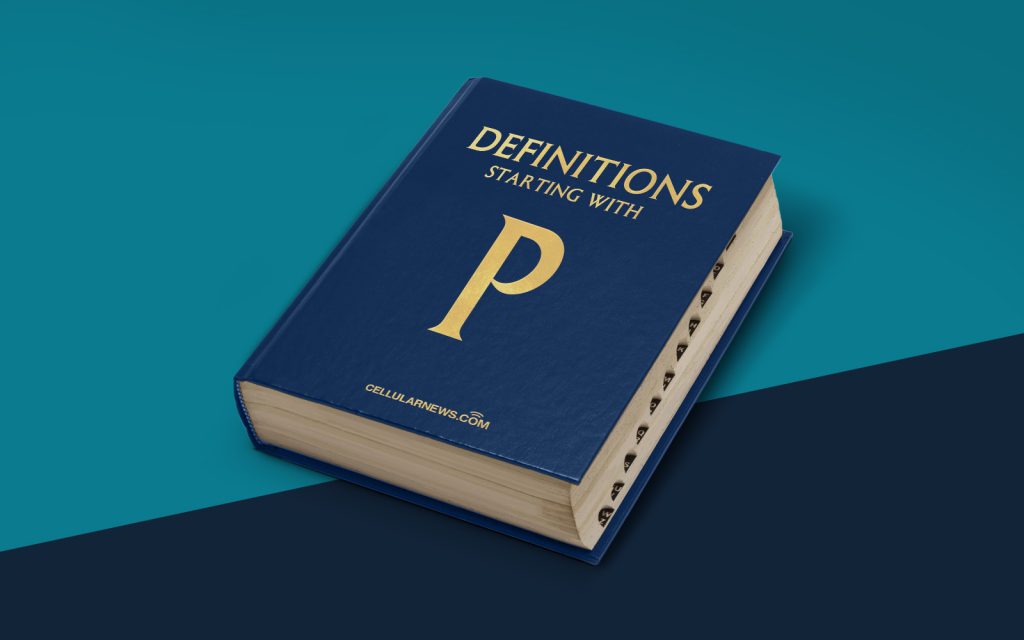
Unlocking the Secrets of PDF: An Inside Look at Portable Document Format
Have you ever wondered what exactly a Portable Document Format (PDF) is? If you’ve ever encountered a PDF file and are curious about its purpose and features, you’ve come to the right place. In this article, we’ll dive deep into the realm of PDFs and uncover all the fascinating details about this widely-used file format.
Key Takeaways
- PDF stands for Portable Document Format, which is a file format used to present and exchange documents reliably, regardless of hardware, software, or operating system.
- PDF files can contain a variety of content, including text, images, multimedia elements, and more, making them versatile and accessible for various purposes.
What Exactly is PDF?
Portable Document Format, or PDF, is a file format that was created by Adobe Systems in the early 1990s. It was developed as a way to preserve and share electronic documents in a consistent and reliable manner, ensuring that they could be viewed and printed exactly as intended, regardless of the system or software being used.
PDF files are designed to be platform-independent, meaning that they can be opened and viewed on any device or operating system without losing their formatting or layout. This makes PDFs incredibly versatile and accessible for a wide range of users and purposes.
How Does PDF Work?
PDF files are created using specialized software, such as Adobe Acrobat or other PDF creation tools. These programs allow users to convert electronic documents, such as word processing files or images, into PDF format. Once converted, the PDF file contains all the necessary information to reproduce the content in a way that closely resembles the original document.
PDF files can be opened and viewed using a dedicated PDF reader, such as Adobe Acrobat Reader or other third-party software. These readers interpret the data within the PDF file and display it on the screen, allowing users to read, search, and interact with the content. PDF readers also support features like zooming, bookmarking, and printing, further enhancing the usability of PDF documents.
Additionally, PDF files can be secured with encryption and password protection, ensuring that only authorized individuals can access and modify the document. This makes PDFs a reliable and secure way to share sensitive information and maintain confidentiality.
The Many Uses of PDF
PDF files have become incredibly popular and widely used for a variety of purposes. Here are just a few examples of how PDFs are utilized:
- Document Sharing: PDFs are commonly used for sharing files online, as they can be easily emailed or uploaded to websites without losing their formatting. This makes them ideal for sending resumes, contracts, or important documents.
- Electronic Publishing: Many publications, such as e-books, reports, and whitepapers, are distributed in PDF format. This ensures that the content remains intact, regardless of the device or software used to view it.
- Archiving and Preservation: PDFs are a popular choice for archiving and preserving documents digitally. By converting physical documents into PDF files, organizations can keep a digital record that can be easily accessed and searched.
- Forms and Surveys: PDFs can be interactive, allowing users to fill out forms or surveys electronically. This eliminates the need for physical paperwork and simplifies data collection and processing.
- Presentations: PDFs can be used for creating and sharing presentations, making them a convenient alternative to slideshow formats. With PDF presentations, users can ensure consistent formatting and easy distribution.
With their versatility and compatibility, PDF files have revolutionized the way we share, preserve, and present information in the digital age.
So, the next time you encounter a PDF file, take a moment to appreciate the power and flexibility that this format offers. Whether you’re sharing documents, publishing content, or filling out forms, PDFs have become an essential part of our modern digital landscape.
